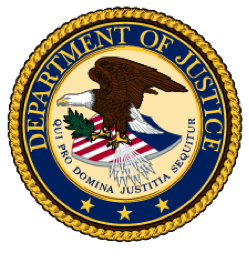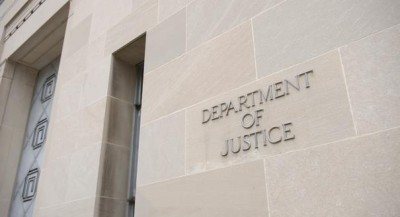DOJ Announces $4.7B in FCA Recoveries: What Does It Mean?
DOJ Announces $4.7 billion in False Claims Act Recoveries
By Paul Weidenfeld December 16, 2016
The “Third Best Year” in False Claims Act History?
The Department of Justice announced earlier this week that FY 2016 was its third best year in “False Claims Act History” with recoveries of more than $4.7 billion in settlements and judgments. Though it as been trumpeted as DOJ’s return to its record setting years, an examination of the numbers reveal that healthcare recoveries have actually been remarkably consistent over the past seven years, and that they say more about the emphasis DOJ places on resolving “big” cases than they do about overall fraud enforcement.
A Dependence on Large Cases
Big settlements make for impressive press releases and are good for overall numbers, and FY 2016 was no exception. The “Top 5” settlements accounted for over 52% of all federal recoveries at 2.5 billion, and total announced recoveries for these cases was a staggering $3.55 billion! Following the playbook, the “Top 5” healthcare settlements accounted for a whopping 60% of all federal healthcare recoveries at just a tick over $1.5 billion. The dependency on large settlements is not new. Indeed, according to research that we have conducted, the five largest settlements consistently accounted for over 50% of recoveries in every calendar year fro 201-2014 just as it did in FY 2016.
Healthcare Recoveries Remarkably Stable
Despite the dependence on obtaining a few large settlements each year, DOJ’s $2.6 billion in healthcare recoveries for FY 2016 continued a trend of surprising stability in recoveries attributable to healthcare. Beginning in FY 2010 with the recovery of $2.5 billion, over the seven year period including this year, recoveries attributed to healthcare enforcement have averaged $2.5 with a consistency that belies the suggestion that enforcement has been “up and down” or inconsistent. The recoveries over that period of time are as follows: FY 2010 – $2.5B, FY 2011 – $2.4B, FY 2012 – $3.1B, FY 2013 – $2.7B, FY 2014 – $2.4B, FY 2015 – $2.1B, and FY 2016 – $2.6B!
Fluctuations are Directly Tied to Housing and Financial Fraud Settlements
Although the fluctuations in recoveries from year to year are often related to how “good” a year DOJ has had, the reality is that with healthcare relatively stable, the differences in recoveries over the last seven years have been directly tied to the Housing and Financial Fraud Settlements. In 2012, DOJ’s reported “record recoveries” were attributable to the $1.7 billion in recoveries it received as part of the landmark housing settlement; in the new record of $6 billion recovered in 2014, 3.3 billion came from banking and housing recoveries; and 2016’s “third best” year was tied to the $2 billion in housing and banking settlements.
Recovery Numbers Do Not Necessarily Equate to Enforcement Efficiency
If enforcement is the process of ensuring compliance with the applicable laws and regulations, it is reasonable to question whether it is fair to equate larger recoveries with greater or more effective enforcement in general — or more particularly, with last year’s major settlements as four of the top five cases were by repeat defendants. This was the second time Pfizer paid a large sum for Wyeth’s alleged misconduct ($784.6 million in 2016 and $413.2 in 2013); Novartis paid $410 million in 2016 and $495 million in 2010 in settlements; Tenet’s $513 million settlement in 2016 was preceded by a $900 million settlement in 2006 that was a “record settlement” at the time, and Wells Fargo participated in the landmark $25 billion dollar in 2012 before entering into the 1.2 billion it paid this year.
Could Effective Enforcement Result in Lesser instead of Greater Recoveries?
At some point, one might expect greater or more effective enforcement to result in less fraud and, therefore, lower recoveries. After all, even though enforcement efforts recovered almost $9 billion in Housing and Financial Fraud Settlements, aren’t those losses attributable in some measure (perhaps in large measure) to a lack of enforcement in the first place? One would also expect that it might detect situations before they turned into “top heavy” billion dollar losses that drive enforcement recoveries so high.
Congratulations are Still in Order
I may wonder about the “meaning” of the recovery of $4.76 billion dollars in FY 2106, but I certainly don’t question its value or importance — or the work and efforts that went into obtaining them. It is an accomplishment and congratulations are in order.
Providers should take notice and do all that they can to stay out of harms way!
This article was written by Paul Weidenfeld, Co-Founder of Exclusion Screening, LLC.
A frequent speaker and writer on issues related to the Fraud and Abuse Issues, the False Claims Act and Issues related to Exclusions and Exclusion Screening, feel free to reach out to Paul at paul@exclusionscreening.com or to call him at 202-754-8001.

